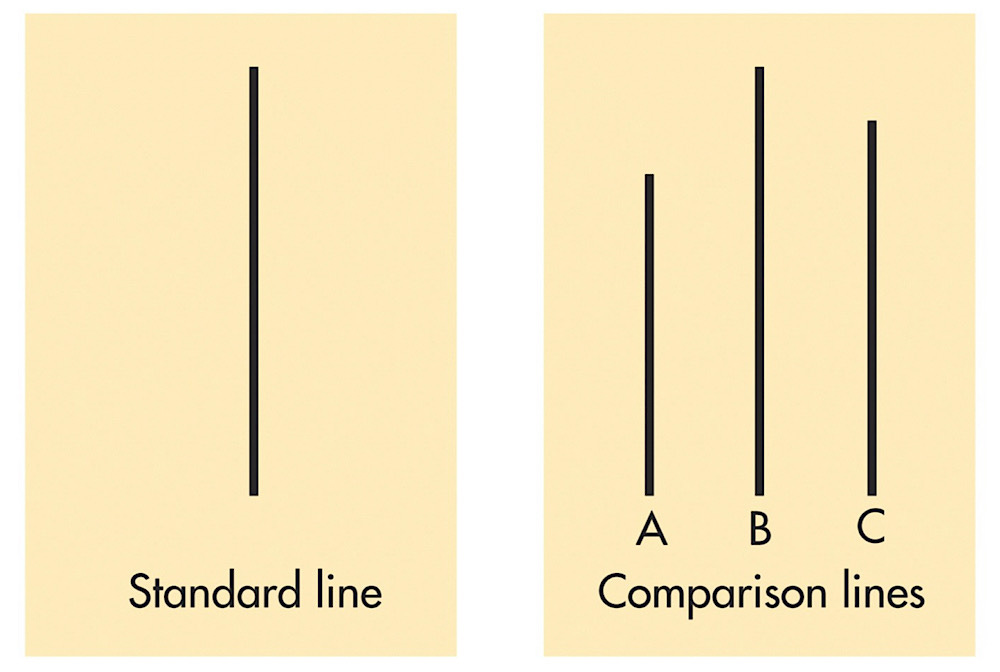What is ‘truth’ like?
When a person ‘believes’ something, they typically take that something to be ‘true’. The effect of ‘taking something to be true’ is nevertheless unclear. I consider the common sense of ‘truth’ and how believing something affects our capacity for sense-making.
‘Taking something to be true’ has the sense of reasoning from the premise that it is ‘true’. Beliefs function as normative presuppositions for reasoning. It follows from belief-continuity that beliefs are latent premises that are involuntarily added to every relevant, situational set of premises in practical decision making and argumentation. Intentional belief-revision is uncommon due to their latency; they are the nominally inert background that is always present in the conceptual environment and, being contextually ‘inactive’, does not require explicit attention or intention. The focus of intention is on the dynamic foreground that every practical (situational) decision is about. The background is invisible and inert by default, because it was already taken to be determined, already made absolute (this concept goes back to R. G. Collingwood and was recently revisited by L.P Koch). The practical sense of ‘true’ (as in ‘true belief’) is that of consistency of any particular thought with the background of latent premises that are shared by the communication community, which requires a degree of internal consistency of the common premises to be communicable as a meaningful, socially verifiable standard. On the other hand, since the common premises and individual thinking are constitutively co-dependent, the practical sense of ‘truth’ also entails a degree of inconsistency (non-sense) that makes it essentially indeterminate and unstable as a grounding condition: the individually meaningful but systemically incongruent elements are therefore subject to continuous but minimal augmentation to maintain narrative continuity. The unstable system of presuppositions is nevertheless taken as ‘reality’ - the grounding condition for practical reasoning - because it is the limit of the sense-making capacity of the community.
The idea of ‘reality’ is one of the most primitive elements of human mythology. It expresses our innate capacity to communicate by means of the basic object-language that we interpret as perception/experience. The things we perceive are said to ‘exist’ in the sense of having the same practical meaning for others as they have for us. In the meta-language of speech, the common meanings that represent or are about ‘reality’ are said to be ‘true’, which expresses the expectation of perfect sense that cannot be practically satisfied. This expectation is mediated by the latent presupposition of what ‘reality’ is: the nominally inert (but implicitly evolving) and conceptually externalised social beliefs that ‘appear’ to us as ‘being there’ in the present situation.
At the core of the common system of presuppositions, inconsistent and unstable forms of self-ideation are homogenised under the abstract concept of ‘personhood’. Persons do not normally reflect on the law of sense in the process of practical reasoning, but the commitment to non-contradiction/identity is inherent in the patterns of thought and language. As we acquire the signification-patterns of a language, we also acquire the capacity to use these patterns without contradiction, and thus make sense. When we learn to identify objects or sensations we necessarily conceive of them without contradiction, against the background of the latent presuppositions, and correlate this conception with the patterns of language. This is the extent of correlation between ‘truth’ and ‘reality’, between individual thought and the conceptual conventions of the community. The understanding of non-contradiction is built into the object-level of meaning: whatever we intend is just what we intend, whatever we perceive is just what we perceive, we cannot intend what we do not intend, cannot think what we do not think, or see what we do not see. Even though non-contradiction is rarely considered explicitly as the law of sense, it cannot be violated at the object-level of thought, or else thought would be meaningless, therefore not thought. Contradictions arise only in complex systems of thoughts, as relations between thoughts, when we do not grasp multiple instances of sense as one thought but as a system or narrative that consists of temporally distributed fragments. Connecting these fragments of sense ‘in time’ is where the functional necessity of non-contradiction no longer applies, resulting in a combination of sense and non-sense.
Becoming aware of the latent presuppositions is of itself an uncommon leap of consciousness, but becoming aware of its inconsistencies requires a clear idea of the transcendental law that governs meaning.
The law is not created (legislated) but is intrinsic to consciousness, more fundamental than the concept of time, and is affirmed by all conscious beings in every movement of thought. The law is complete and simple: not(x and not-x). There are no other laws.
The law of sense is not a mysterious property. It is always, everywhere and in everything, it is the light of the world, and yet hardly anyone is aware of its immutable presence, and so people dwell in the shadow of being; blind, scattered in fragments. Once the omnipresence of the law is realised, there is clarity, but also the trauma of being alone among the living shadows and fragments of consciousness, broken pieces of a mirror in which to recognise the Self.



“Thinking, Fast and Slow”- Daniel K